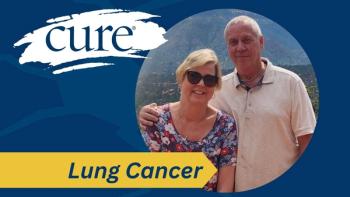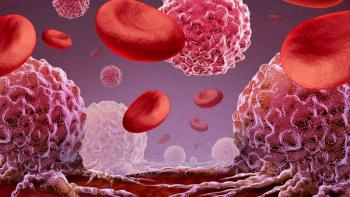
MPN Survivor Discusses Her Biggest Regret After Being Diagnosed
After being diagnosed with essential thrombocythemia, Marilyn Kay Edwards was not told much about her disease.
When Marilyn Kay Edwards was diagnosed with essential thrombocythemia in 1986, she was told to just continue living her life. Doctors told Edwards, who was pregnant at the time, to continue taking aspirin and watch the pregnancy, and get her blood checked every year to a year and a half. In fact, at that time, myeloproliferative neoplasms (MPNs) like essential thrombocythemia were not even classified as cancers.
Edwards said that she was not told that her essential thrombocythemia could turn into a more serious type of MPN called myelofibrosis, which she was later diagnosed with in 2017. In a recent interview with CURE®, she expressed that she wishes she was more involved with her care and learned more about her disease. She said if she had been, then she could have potentially started treatments for her disease.
Now, Edwards is an MPN Peer with the Voices of MPN CHAMPN program. She uses her experience to help guide others who recently received a diagnosis of an MPN.
Transcription
I've learned that I should have been more involved in my diagnosis because I did not understand what I had at all. And I just kind of kept my head in the sand. And then in 2017, I got very sick and whenever they told me what was wrong, I had never heard of it before. And then when you Google it, it's not good.
So, I've learned to tell people “Don't Google myelofibrosis.” And I should have been more involved with what was happening. That's probably my biggest regret because I actually missed out on treatments that I could have had earlier that I didn't know about.
For more news on cancer updates, research and education, don’t forget to





